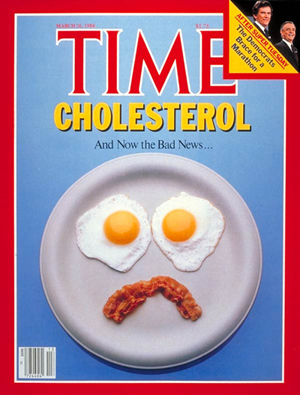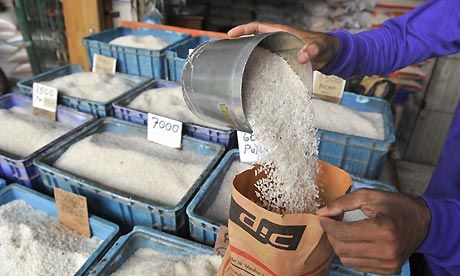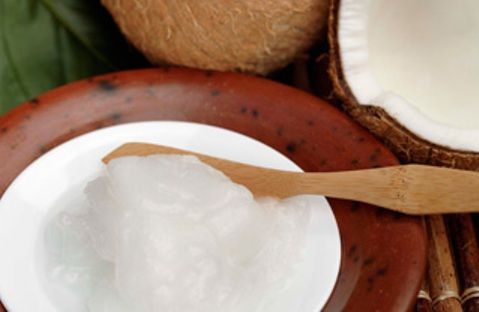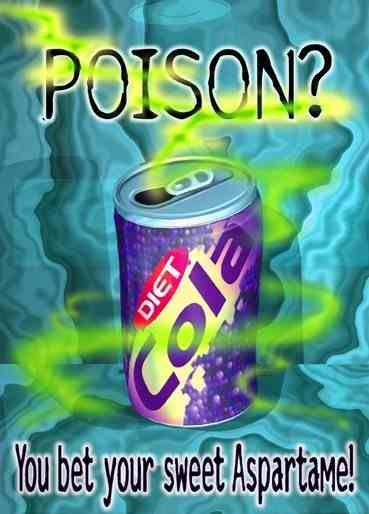
© Time MagazinePropaganda!
The first Dietary Goals for the United States (DGUS) were released in 1977 to not a lot of fanfare. At that time, the great unwashed masses hadn't really heard much about the word cholesterol, a substance the DGUS recommended that we should limit to 300 mg per day. Doctors didn't routinely screen for it, and if they did, they didn't pay much attention to it. In fact, at that time - as I recall, anyway - the upper limit of normal for total cholesterol was 240 mg/dl. I was in medical school back then, and I don't really remember any emphasis on cholesterol or blood lipids. I think we had one lecture on it in biochemistry, given by a nebbish little professor we called Mighty Manford (his first name was Manford), who labored away in the obscurity of the biochemistry department. It's hard to believe in today's world of lipophobia that as little as 30 years ago, no one much cared about cholesterol.
One of the major players in bringing cholesterol to the public's awareness was
Time magazine. Its piece on cholesterol in the
March 26, 1984 issue was a devastating hit piece on both dietary cholesterol and dietary fat. Both - the article explained - were a main driving force behind the development of heart disease.
Reading this article today, it's amazing how it drips with misinformation. At the time, however, most people - physicians included - accepted it as gospel. Sadly, even today, many physicians who should know better believe in and act in accordance to the bountiful misinformation contained in this piece.
I could write a blog longer than the article (and it's a long article) describing and dissecting all the many errors, but I'm going to go over just one. And that one just briefly. But before I get to that, let me show you just a few of interesting small parts of the article beginning with the very first sentence:











Comment: For more information about how the FDA suppressed studies regarding the serious health effects associated with Aspartame consumption read the following articles:
The Deadly Neurotoxin Nearly EVERYONE Uses Daily (VIDEO)
America's Deadliest Sweetener Betrays Millions, Then Hoodwinks You With Name Change
Aspartame: The Politics of Food
A Dangerous Spin On The Cancer Risks Of Sugar-Free Sweeteners
Searle, Monsanto and Ajinomoto: Three Corporate Miscreants in the Toxic Junk Food Additive and Aspartame Business
ASPARTAME - The Silent Killer
FDA Hid Research That Damned Aspartame: Fatal Studies Should Have Blocked NutraSweet Approval